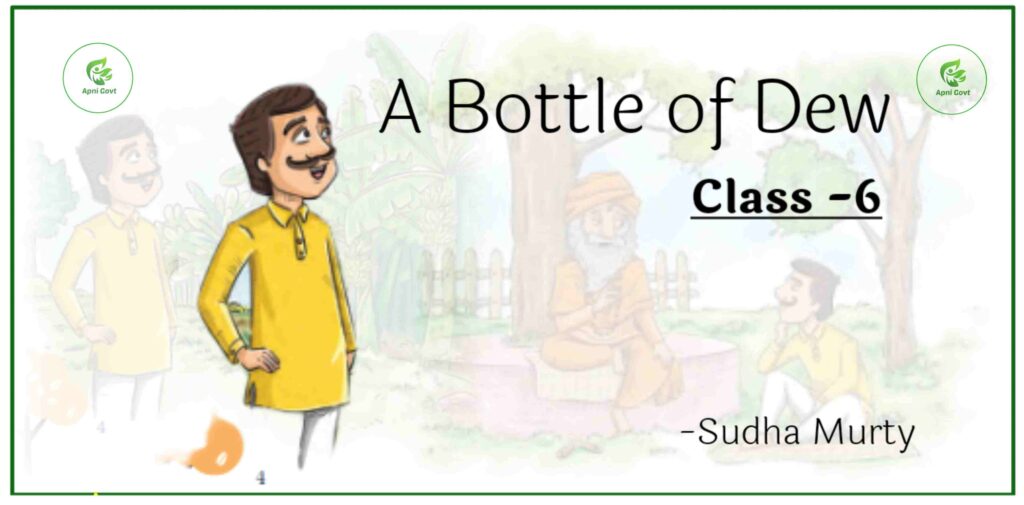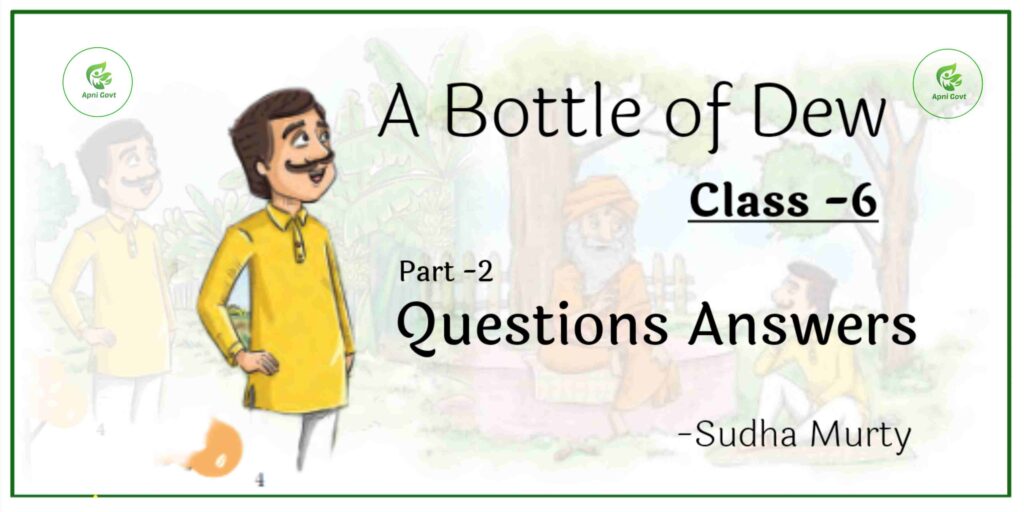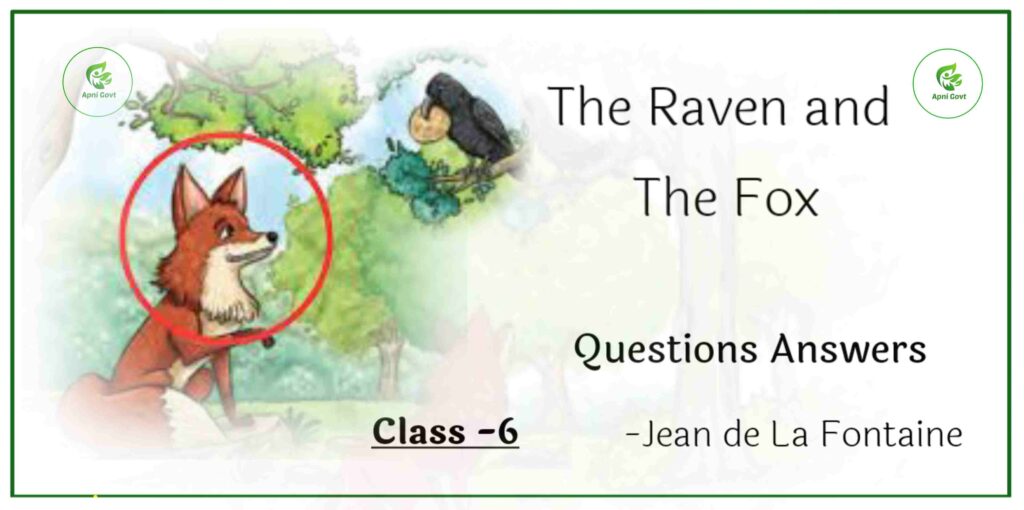Class 6 English (Poorvi) – Unit 3: Nurturing Nature — Lesson 2: What a Bird thought (Pages 85–92)
Verbatim poem text + Hindi pronunciation + easy Hindi meaning + Hard Words + full Activities (Discuss/Think & Reflect/Learn/Listen/Speak/Write/Explore). keywords: poem summary class 6, what a bird thought explanation, adjectives and rhyming words, high CPC education, cbse rbse class 6 english
Let us do these activities before we read (p. 85)
Original (English) — Verbatim extract from p.85:
85
NurturiNg Nature
What a Bird thought
Let us do these activities before we read.
I Look at the picture and discuss what you see in the picture with your
teacher and classmates.
Think of a time when you worked hard. What did you do then?
• How did it help you?
• How dिद it make you feel?
Also, discuss in groups.
...
Example: mason
lays bricks and stones
1. painter
2. electrician
3. plumber
4. carpenter
5. architect
6.
7.
• Look at the list of some workers who build houses. Find out the
work they do and write, as shown in the example. You can think of
other workers and add them too.
Hindi Translation (कार्य-निर्देश)
चित्र देखकर चर्चा करें; आपने कब मेहनत की—क्या किया, कैसे मदद मिली, कैसा लगा। घर बनाने वाले कामगारों और उनके काम की सूची बनाइए (जैसे: mason—ईंट-पत्थर लगाता है; painter, electrician, plumber, carpenter, architect आदि)।
Let us read (p. 86) — Poem Text (Verbatim)
Stanza 1 — Original (verbatim)
86
Poorvi—Grade 6
Let us read
I lived first in a little house,
And lived there very well,
I thought the world was small and round,
And made of pale, blue shell.
आइ लिव्ड फ़र्स्ट इन अ लिटल हाउस, ऐंड लिव्ड देयर वेरी वेल; आइ थॉट द वर्ल्ड वॉज़ स्मॉल ऐंड राउंड, ऐंड मेड ऑफ पेल, ब्लू शेल।
हिंदी अर्थ (सरल):मैं पहले एक छोटे से घर (अंडे) में रहता था और वहाँ अच्छा रहता था। मुझे लगा कि दुनिया छोटी, गोल और हल्के नीले खोल की बनी है।
| Hard word | हिंदी उच्चारण | हिंदी अर्थ |
|---|---|---|
| pale | पेल | फीका/हल्का |
| shell | शेल | खोल (अंडे का) |
Stanza 2 — Original (verbatim)
I lived next in a little nest,
Nor needed any other,
I thought the world was made of straw,
And nestled by my mother.
आइ लिव्ड नेक्स्ट इन अ लिटल नेस्ट… आइ थॉट द वर्ल्ड वॉज़ मेड ऑफ स्ट्रॉ, ऐंड नेस्टल्ड बाय माई मदर।
हिंदी अर्थ (सरल):फिर मैं एक छोटे घोंसले में रहा। मुझे कोई और घर नहीं चाहिए था। मुझे लगा दुनिया पुआल (तिनकों) की बनी है और माँ के पास सुरक्षित है।
| Hard word | उच्चारण | अर्थ |
|---|---|---|
| nestled | नेस्टल्ड | आसरा/गोद में सिमटा |
| straw | स्ट्रॉ | पुआल/तिनके |
Stanza 3 — Original (verbatim)
One day, I fluttered from my nest,
To see what I could find,
I said the world is made of leaves,
I have been very blind.
वन डे, आइ फ़्लटर्ड फ़्रॉम माई नेस्ट… आइ सेड द वर्ल्ड इज़ मेड ऑफ लीव्ज़; आइ हैव बीन वेरी ब्लाइंड।
हिंदी अर्थ (सरल):एक दिन मैं घोंसले से फड़फड़ाकर बाहर निकला। मुझे लगा दुनिया पत्तों की बनी है। मुझे अहसास हुआ कि मैं बहुत अंजान/अंधा था।
| Hard word | उच्चारण | अर्थ |
|---|---|---|
| fluttered | फ़्लटर्ड | फड़फड़ाकर उड़ना |
| blind | ब्लाइंड | अनजान/अंधा (रूपक) |
Stanza 4 — Original (verbatim)
At length I flew beyond the tree,
Quite fit for grown-up labours,
I don’t know how the world is made,
And neither do my neighbours.
anonymouS
ऐट लेंग्थ आइ फ़्लू बियॉन्ड द ट्री… आइ डोंट नो हाउ द वर्ल्ड इज़ मेड, ऐंड नीदर डू माई नेबर्स।
हिंदी अर्थ (सरल):आखिर मैं पेड़ से दूर तक उड़ गया—अब बड़ा होकर मेहनत करने लायक हो गया। फिर भी मुझे नहीं पता दुनिया कैसे बनी है—और मेरे पड़ोसियों (अन्य पक्षियों) को भी नहीं।
| Hard word | उच्चारण | अर्थ |
|---|---|---|
| At length | ऐट लेंग्थ | आख़िर/काफ़ी समय बाद |
| labours | लेबर्स | मेहनत/कार्य |
| neighbours | नेबर्स | पड़ोसी (यहाँ अन्य पक्षी) |
Let us discuss (p. 87)
Original (English) — Verbatim extract:
87
NurturiNg Nature
Let us discuss
I Read the poem again. Identify the main idea of each stanza. There are
two extra sentences are given.
1. The bird steps out into the world.
2. The bird lived happily in a small world.
3. The bird becomes blind due to leaves.
4. The bird flies away as an adult.
5. The bird is unhappy with the straw nest.
...
2. What was the bird’s second nest made of?
_ _ R _ _
3. What did the bird see when it cेमे out of its nest?
L _ _ _ E _
4. What did the bird do at the end?
_ _ _ W
IV Now, recite the poem aloud along with your teacher and classmates.
1.
2.
3.
4.
Hindi Translation
कविता दोबारा पढ़कर हर stanza का मुख्य विचार चुनो (दो वाक्य अतिरिक्त)। शब्द-पहेली: दूसरे घोंसले का पदार्थ, बाहर आने पर क्या देखा, अंत में पक्षी ने क्या किया? फिर कविता कक्षा के साथ बोलकर पढ़ो।
Answers (Model)
I. Main idea mapping:
Stanza 1 → (2) The bird lived happily in a small world.
Stanza 2 → (—) world of straw with mother (not unhappy).
Stanza 3 → (1) The bird steps out into the world. (note: “blind” is metaphor; option 3 is misleading).
Stanza 4 → (4) The bird flies away as an adult.
II–III. Word puzzles:
2) STRAW 3) LEAVES 4) FLEW
Let us think and reflect (pp. 88–89)
Original (English) — Verbatim extract p.88:
88
Poorvi—Grade 6
Let us think and reflect
I Write whether the following sentences are True or False.
1. The bird changed its house two times.
2. The neighbours tell the bird about the world.
II Read the following lines from the poem and answer the questions
given below.
1. I thought the world was made of straw,
And nestled by my mother.
...
(i) Why did the bird think the world was made of leaves?
(ii) What does the set of words ‘I said’ mean?
A. flew
B. shouted
C. spoke
D. cried
(iii) Fill in the blanks to complete the sentence.
The bird felt that it had been very blind because it could not
__ __ __ the leaves from __ n __ __ __ e the nest.
Answers (Model)
I. True/False: (1) True — अंडा → घोंसला (दो बार बदला). (2) False — पड़ोसी भी नहीं जानते (“neither do my neighbours”).
II. Q&A from lines:
(i) Because everywhere it looked, it saw leaves around the nest. — क्योंकि घोंसले के आसपास हर तरफ़ पत्ते दिखे।
(ii) “I said” means C. spoke. — “मैंने कहा/बोला”।
(iii) The bird felt it had been very blind because it could not see the leaves from inside the nest. — घोंसले अंदर से पत्ते देख नहीं पाया।
Original (English) — Verbatim extract p.89:
89
NurturiNg Nature
IV Where did the bird go when it fluttered from its straw nest?
V What quality did the bird say it had, when it flew away?
VI Who do you think were the bird’s neighbours? Why do you think so?
Discuss.
Answers (Model)
IV. It went outside the nest to explore among leaves/trees. — घोंसले से बाहर पत्तों/पेड़ों के बीच।
V. It felt “grown-up” (fit for labours). — “बड़ा/समर्थ” होने की गुणवत्ता।
VI. Other birds living around; because the poem says “neither do my neighbours.” — आसपास के अन्य पक्षी; कविता यही कहती है।
Let us learn (pp. 89–90)
I. Rhyming words (from the poem)
Original instruction (p.89): “Let us write some rhyming words. One has been done for you.”
| Words from the poem | Possible rhymes |
|---|---|
| well | shell, tell |
| round | found |
| nest | best, rest |
| tree | free, see |
| leaves | believes (near rhyme) |
II. Describing words (Adjectives)
Original extract (p.89–90): “Read a few more describing words … pointed, green, thin, brown, small, wooden, hanging, round” + rhyme couplet fill-ups.
Couplet with blanks (model completion):
I fly high and I fly low,
But one thing I surely know,
Whenever I wish to rest,
My little nest is the best.
III. Create six sentences from the picture (p.90)
Original (p.90): “Now, use the describing words given in the box to create six sentences based on the given picture.”
- The bird sits on a wooden branch.
- It looks small but strong.
- The beak is pointed and the tail is thin.
- Its feathers are brown and green.
- The nest is hanging and round.
- There are many leaves on the green tree.
Let us listen / speak (pp. 90–91)
Let us listen — Poem (fill-ups)
Original extract (p.90): poem with blanks. Model idea: “To places old and places new. Among the trees, where the breeze is light, Many new stories, oh, what a sight!”
Let us speak — If I were a bird… (p.90–91)
Original (p.90–91): Speak about which bird you would like to be (colour, size, home, daily routine, message to humans).
Model points (En): I am a sparrow… I am brown and small… I live near houses… I chirp in the morning… I want to tell humans to plant more trees.
मॉडल (Hi): मैं गौरेया हूँ… भूरी और छोटी… घरों के पास रहती हूँ… सुबह चहचहाती हूँ… इंसानों से कहती हूँ—और पेड़ लगाएँ।
Let us write / explore (pp. 91–92)
Let us write (p.91)
Original (p.91): “Read how the bird perceived its world… Now, write five sentences each, for both 1 and 2, in your notebooks.”
Model idea (En): When I was a baby bird… (small/round shell, blue colour, safe). When I grew up… (leaves, trees, sky, still learning).
हिंदी संकेत: शुरू में—छोटा, गोल, नीला खोल, सुरक्षित; बाद में—पत्ते, पेड़, आसमान; अभी भी सीख रहा हूँ।
Let us explore (p.91–92)
Original (p.91–92): “Shell → leaves → straw… Look at your home carefully and list materials; why not straw; your dream home; nests and homes birds make; list workers and their work.”
| Workers | their work |
|---|---|
| mason | lays bricks and stones |
| painter | paints walls/wood/metal |
| electrician | electrical wiring/fixtures |
| plumber | pipes, taps, drainage |
| carpenter | woodwork, furniture |
| architect | plans/designs buildings |
Original (English) — Verbatim extract p.92:
92
Poorvi—Grade 6
II Look at the different kinds of nests and homes the birds make. Have you
seen any? Discuss these type of nests with your teacher and classmates.
Workers
their work
Example: mason
lays bricks and stones
1. painter
2. electrician
3. plumber
4. carpenter
5. architect
6.
7.
• Look at the list of some workers who build houses. Find out the
work they do and write, as shown in the example. You can think of
other workers and add them too.
Grammar Help (Adjectives & Rhyming — from the unit)
Describing words (Adjectives): small, round, pale, blue, wooden, hanging, pointed, green, thin, brown — ये संज्ञा (noun) की विशेषता बताते हैं।
Poetic device — Rhyme: well/shell, round/found, rest/best — समान ध्वनि से कविता में संगीतात्मकता आती है।
हिंदी में समझ: विशेषण (adjectives) संज्ञा का वर्णन करते हैं; rhyme एक जैसी ध्वनि के शब्दों को जोड़ता है।
Model lines: “My little nest is the best — whenever I wish to rest.”
Appendix: Full Original English — Pages 85–92 (verbatim extracts)
Page 85 — Verbatim
{{ See “Before we read” section above for full verbatim from p.85. }}
Page 86 — Verbatim
{{ See poem stanzas 1–4 above (p.86). }}
Pages 87–92 — Verbatim
{{ All instructions/questions have been quoted verbatim in their sections. }}



